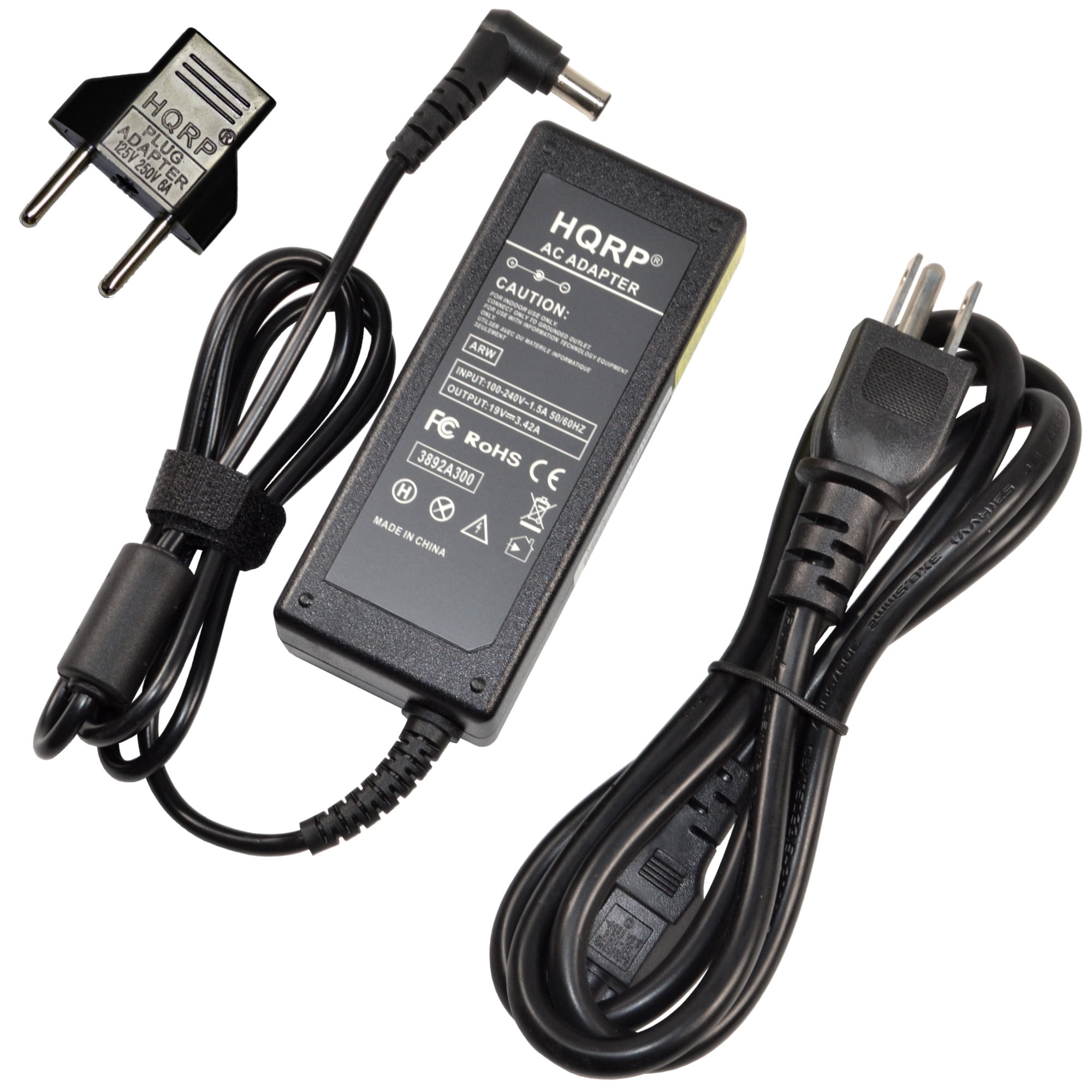

#POWER ADAPTER SERIES#
A very common mode of failure is due to the use of electrolytic capacitors whose equivalent series resistance (ESR) increases with age switching regulators are very sensitive to high ESR (the older linear circuit also used electrolytic capacitors, but the effect of degradation is much less dramatic). Unless designed well, these adapters may be easily damaged by overloads, even transient ones, which can come from lightning, brief mains overvoltage (sometimes caused by an incandescent light on the same power circuit failing), component degradation, etc.

However, unless very carefully designed and using suitable components, switching adapters are more likely to fail than the older type, due in part to complex circuitry and the use of semiconductors.

Safety is ensured, as in the older linear circuit, because a transformer still provides galvanic isolation.Ī linear circuit must be designed for a specific, narrow range of input voltages (e.g., 220–240 VAC) and must use a transformer appropriate for the frequency (usually 50 or 60 Hz), but a switched-mode supply can work efficiently over a very wide range of voltages and frequencies a single 100–240 VAC unit will handle almost any mains supply in the world. The result is a much more efficient, smaller, and lighter device. The high frequency allows the transformer to be small, which reduces its losses and the switching regulator can be much more efficient than a linear regulator. The high-frequency ripple is more easily filtered out than mains-frequency. Mains voltage is rectified to a high direct voltage driving a switching circuit, which contains a transformer operating at a high frequency and outputs direct current at the desired voltage. Losses in the transformer and the linear regulator were considerable efficiency was relatively low, and significant power dissipated as heat even when not driving a load.Įarly in the twenty-first century, switched-mode power supplies (SMPSs) became almost ubiquitous for this purpose due to their compact size and light weight relative to their power output ability. The output voltage of these adapters varied with load for equipment requiring a more stable voltage, linear voltage regulator circuitry was added. Ratings over a few watts made the devices too large and heavy to be physically supported by a wall outlet. Size and weight of the device was largely determined by the transformer, which in turn was determined by the power output and mains frequency. Originally, most AC/DC adapters were linear power supplies, containing a transformer to convert the mains electricity voltage to a lower voltage, a rectifier to convert it to pulsating DC, and a filter to smooth the pulsating waveform to DC, with residual ripple variations small enough to leave the powered device unaffected. Another advantage of these designs can be increased safety since the hazardous 120 or 240 volt mains power is transformed to a lower, safer voltage at the wall outlet and the appliance that is handled by the user is powered by this lower voltage.Īn AC adapter disassembled to reveal a simple, unregulated linear DC supply circuit: a transformer, four diodes in a bridge rectifier, and an electrolytic capacitor to smooth the waveform Use of an external power supply allows portability of equipment powered either by mains or battery without the added bulk of internal power components, and makes it unnecessary to produce equipment for use only with a specified power source the same device can be powered from 120 VAC or 230 VAC mains, vehicle or aircraft battery by using a different adapter. The internal circuitry of an external power supply is very similar to the design that would be used for a built-in or internal supply.Įxternal power supplies are used both with equipment with no other source of power and with battery-powered equipment, where the supply, when plugged in, can sometimes charge the battery in addition to powering the equipment. AC adapters are used with electrical devices that require power but do not contain internal components to derive the required voltage and power from mains power. Adapters for battery-powered equipment may be described as chargers or rechargers (see also battery charger).

Other common names include wall wart, power brick, wall charger, and power adapter. "Power brick" in-line configuration, with detachable AC cordĪn AC adapter, AC/DC adapter, or AC/DC converter is a type of external power supply, often enclosed in a case similar to an AC plug.


 0 kommentar(er)
0 kommentar(er)
